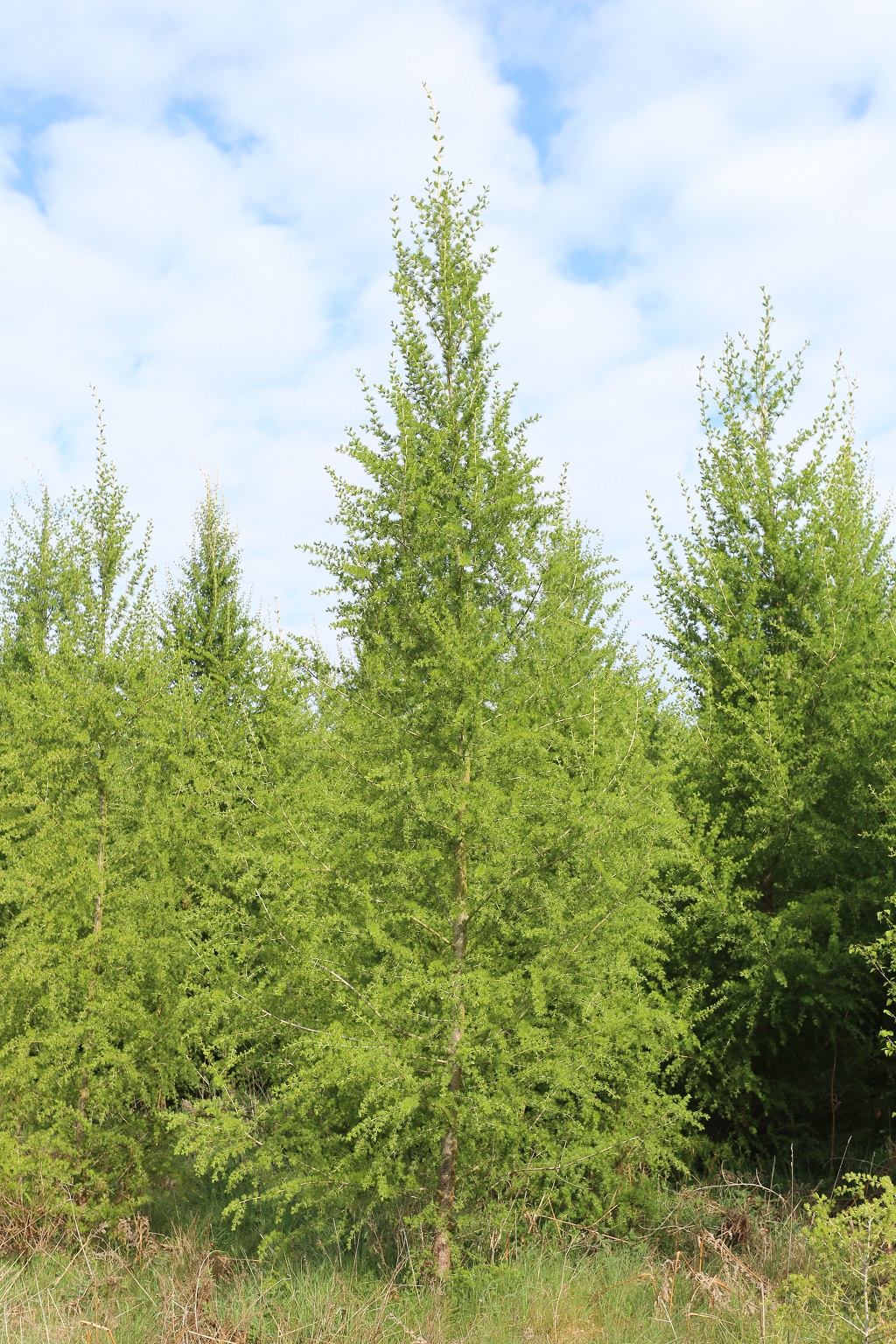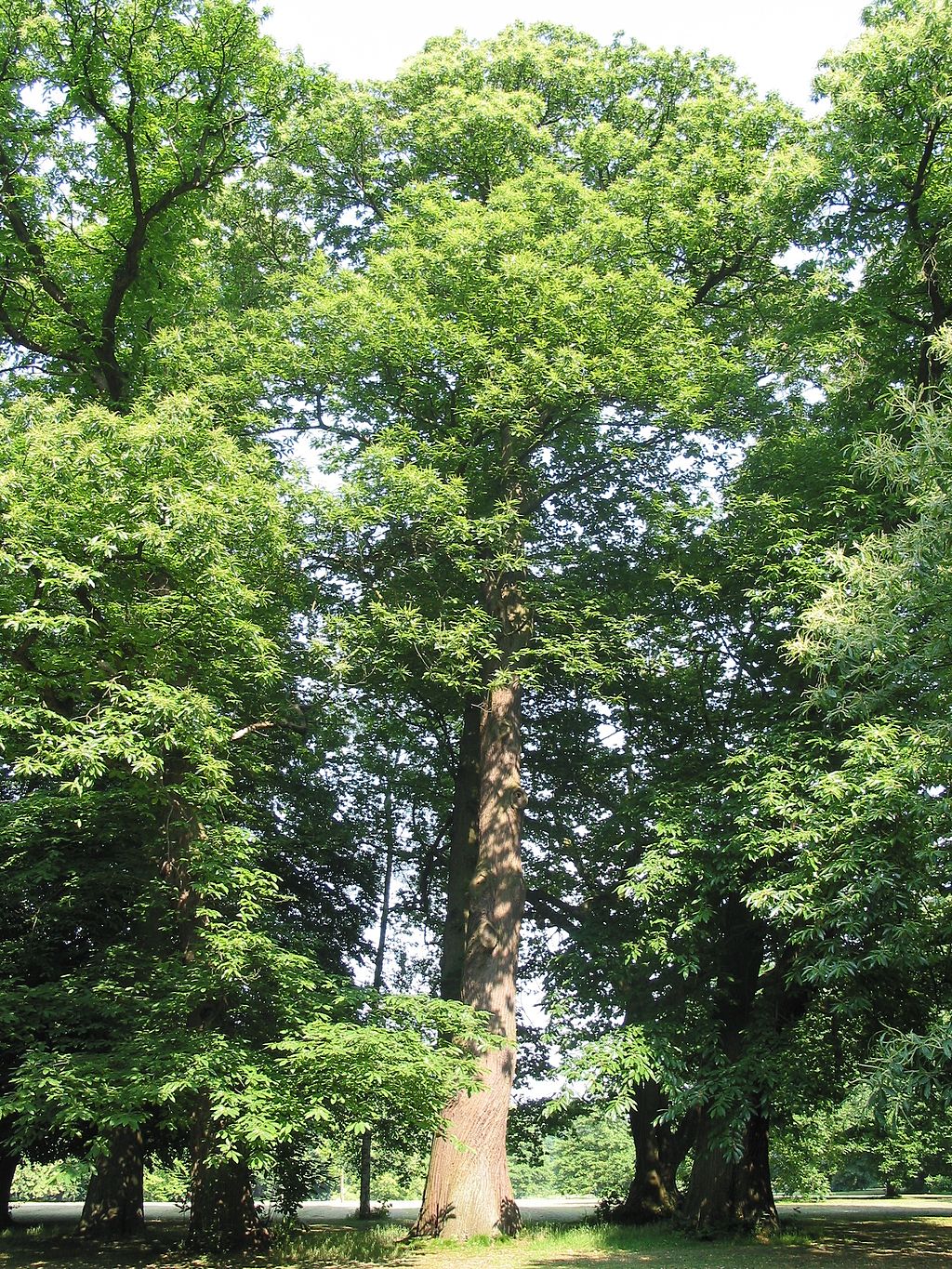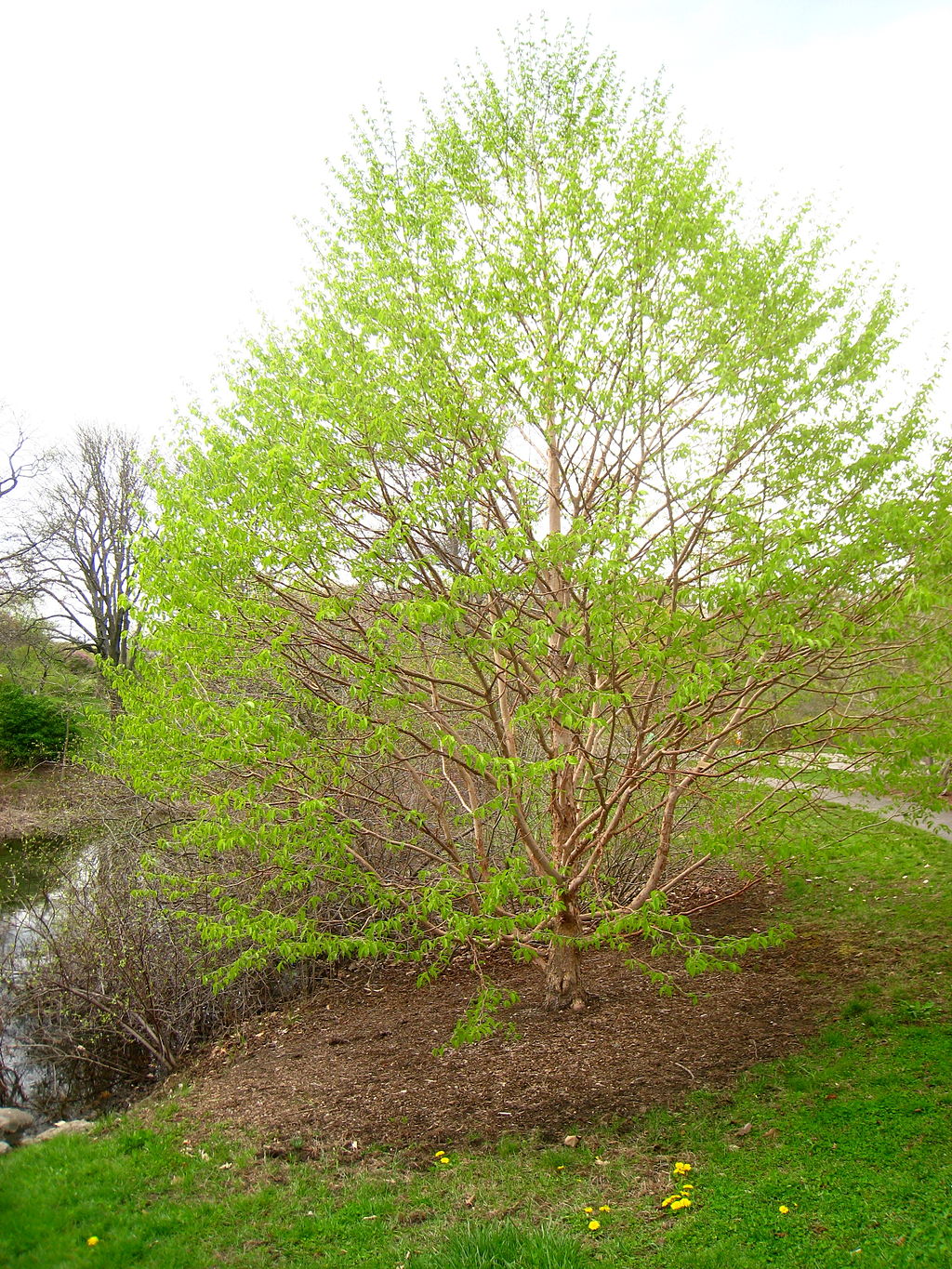



You dont have to go very far away from the High Lodge area itself to discover a wide variety of coniferous and deciduous or broad leaf trees. There are one or two ornamental and exotic additions that have been planted over the years to add a bit more colour or interest to the visitors to the area.
Also called the Maidenhair tree. The leaves are very similar to that of the Maidenhair fern which is where its English name comes from. Now this is a truly remarkable tree. There are a number of unusual things about it. Perhaps the most important being that it is an actual living fossil! There are records of this existing 270 million years ago and understandably this was thought to be extinct until the rediscovered in the late 17thC in Japan. Indeed all other members of its family are extinct… as far as we know. Its last natural habitat is in China although it has become a popular ornamental tree and is now grown throughout the world. Also both the leaves and seeds have medicinal properties and you will doubtless see products containing these Ginkgo extracts if you go into any health shop. The final fact that I am mentioning about this tree is that there are separate male and female trees. Most of the ones that we see planted are the male Ginkgos, because the fruit on the female ones smell of vomit. Not something you would really want next to your flower border I suspect.The tree is deciduous and when left to mature grows tall and column like. In Autumn before the leaves fall they turn a bright yellow. The leaves are uniquely fan shaped and with distinctive veins running from the edge of the leaf to where the it joins the stalk. You also tend to get several leaves and stalks emanating from the same nub where they connect to the tree or branch.

This is a strange sounding name to us nowadays but if we were to look into the roots of our language it makes a lot of sense. Horn was a word used to indicate that it was hard and beam in old english means wood; so hard wood. Indeed it is a naturally a very hard wood and a difficult word to work with so not used in general construction. However, where something hard was needed this was very much a wood that was in demand and one such application was wheel hubs, gears and chopping blocks.
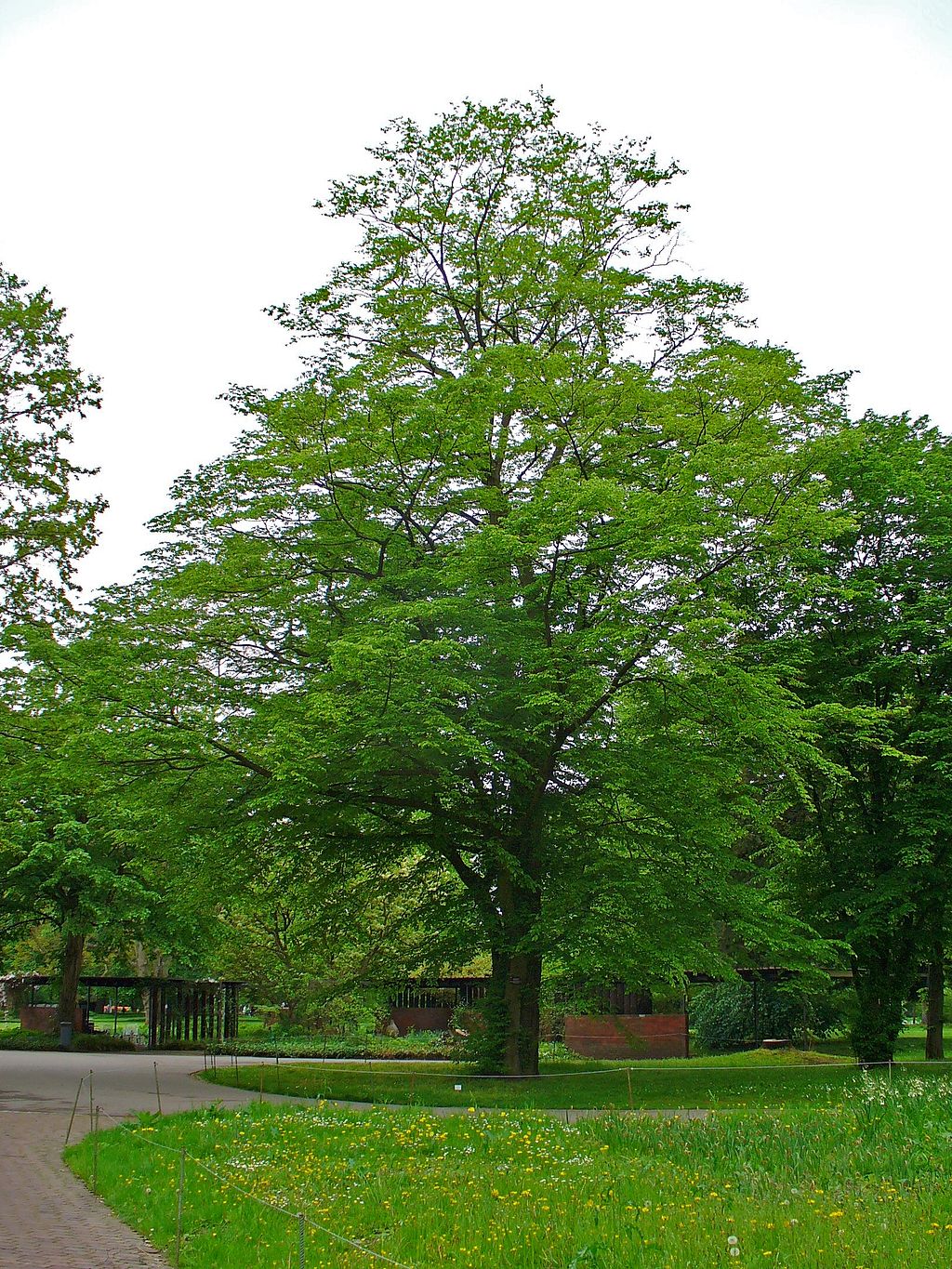
There are two avenues of lime trees leading to Santon Downham from the Brandon and Thetford roads. These are thought to have been planted by order of the Duchess of Cleveland as a memorial to her husband, Lord William John Frederick Powlett, later 3rd Duke of Cleveland who died in 1864. There is an additional avenue at High Lodge, but it iss not clear why. Maybe there were some young trees left over from the planting of the avenues at Santon Downham!
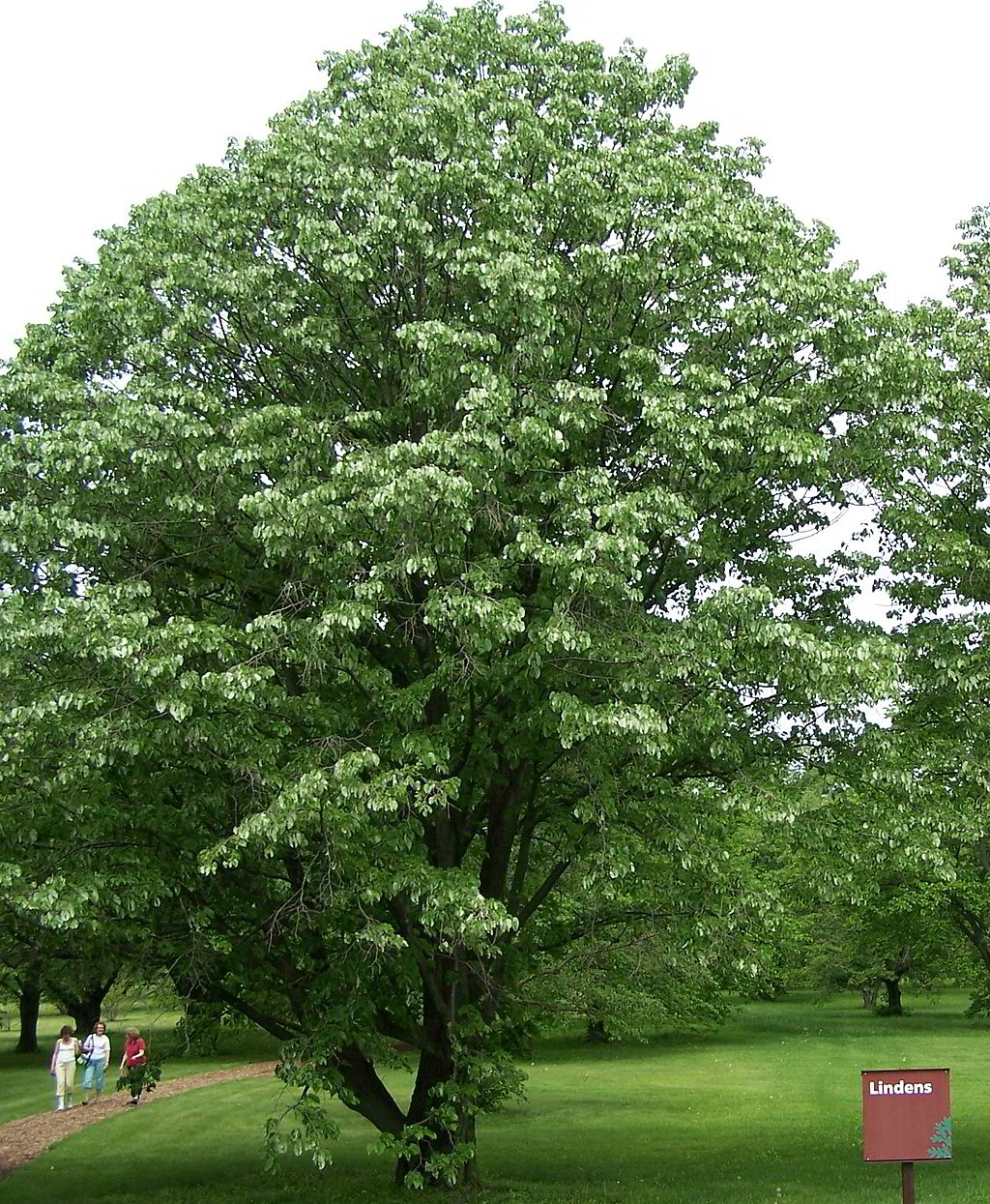
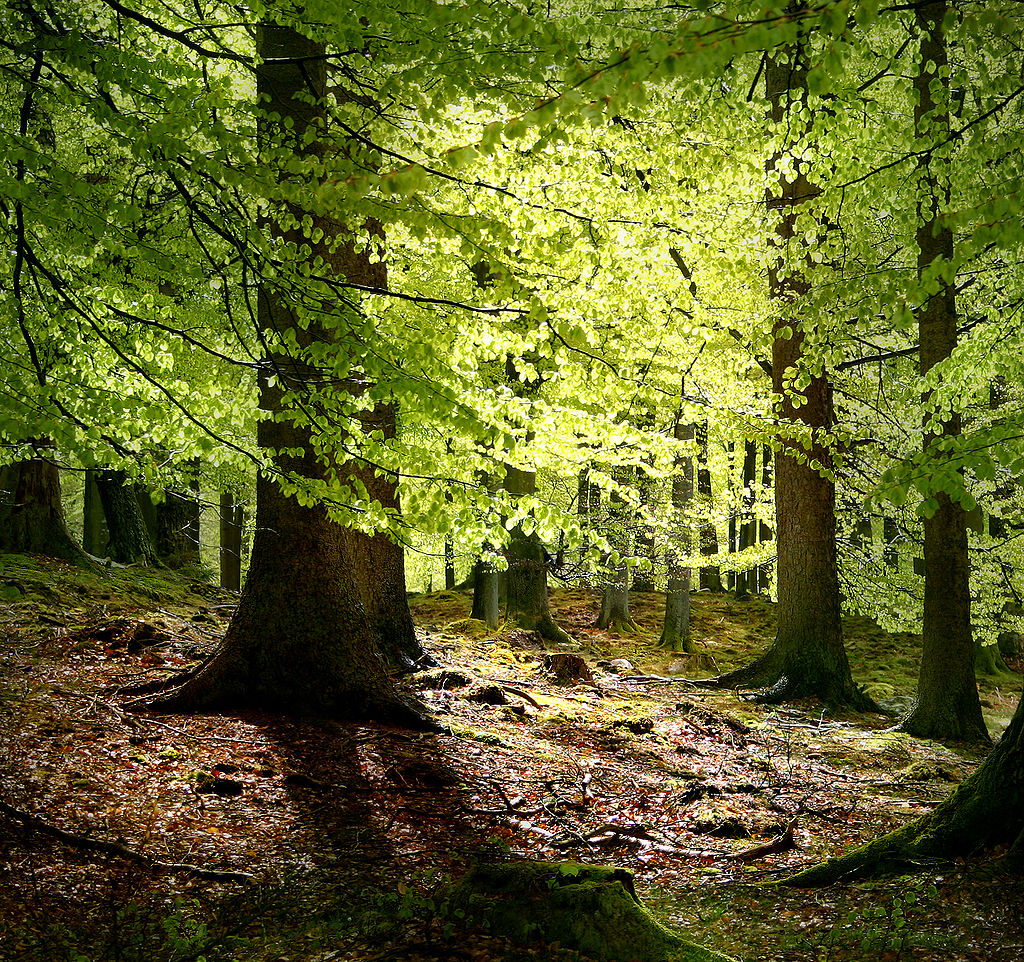
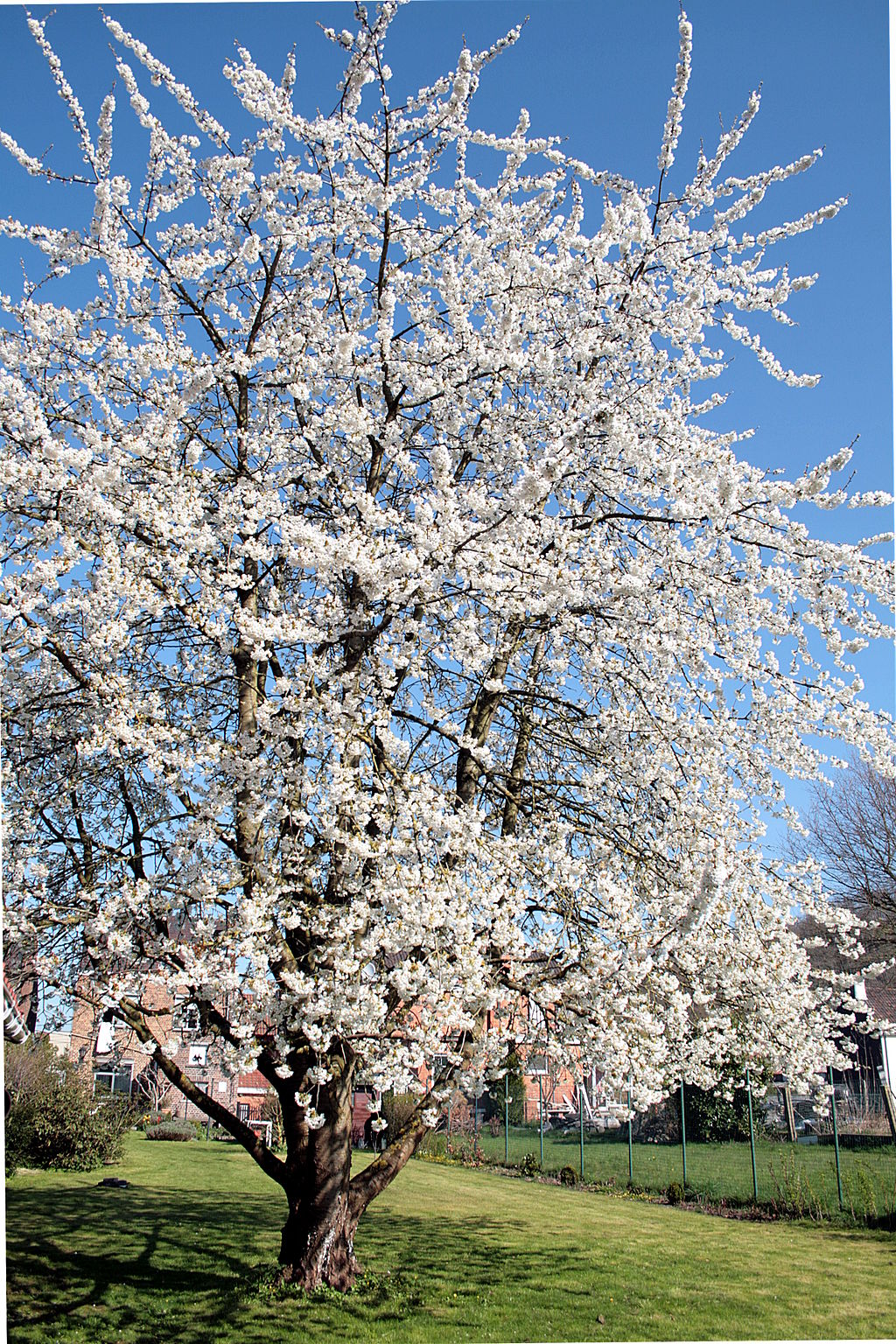
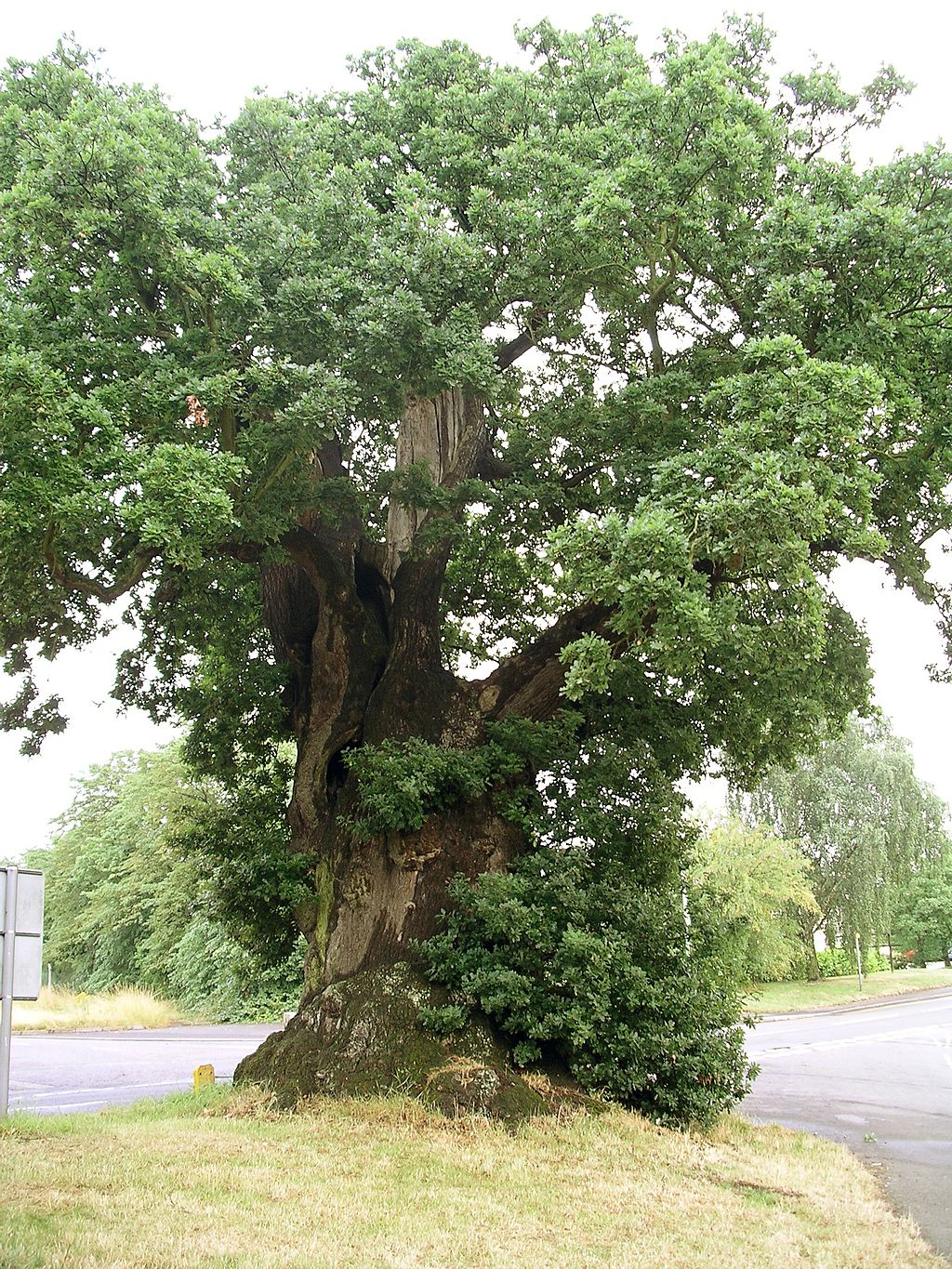
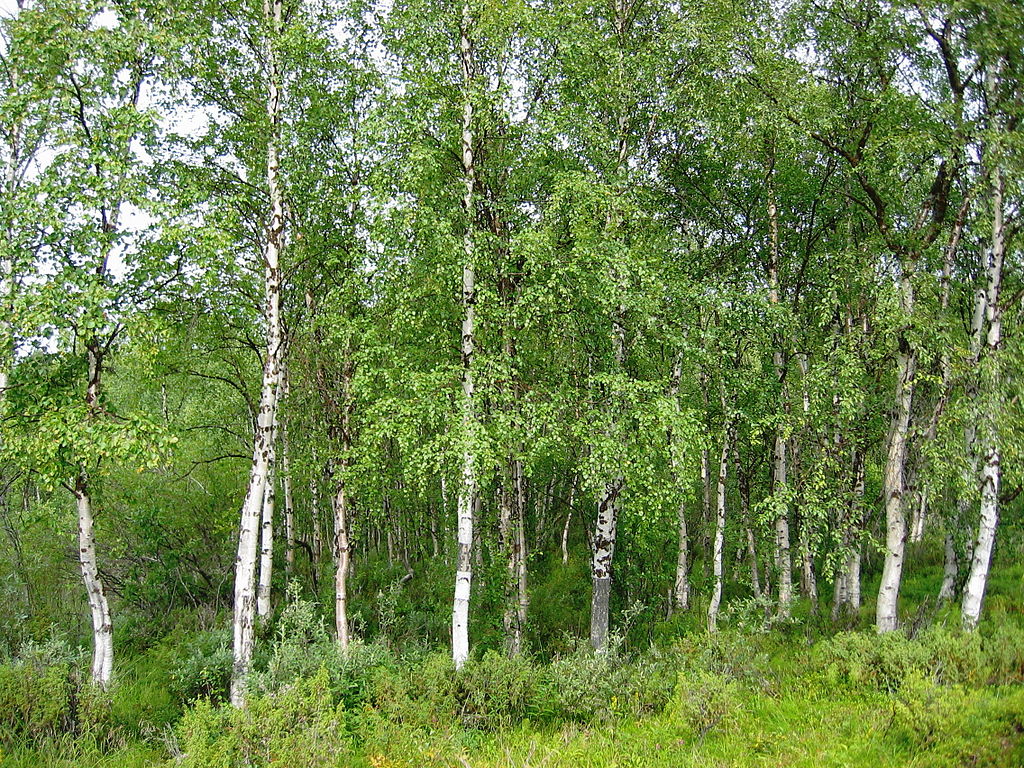

The crown is cone-shaped when young but becomes broad with age. The bark is pinky brown in colour, thick and develops wide vertical fissures with age. Light green leaves are soft and needle-like, grow in tufts from short woody knobs, or shoots, on the twigs. turn golden yellow in autumn. Needles form in clusters, like rosettes, along the twigs.
